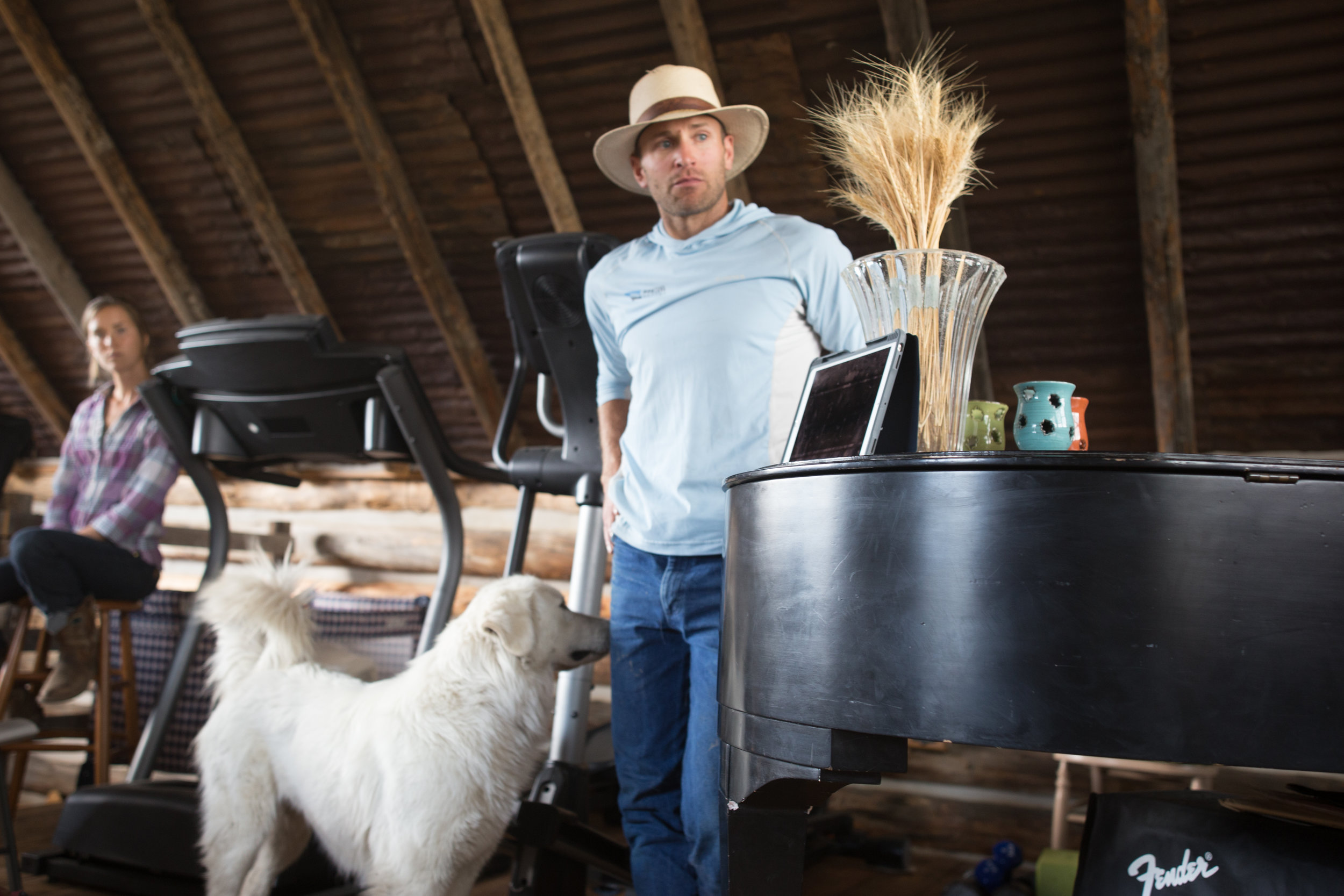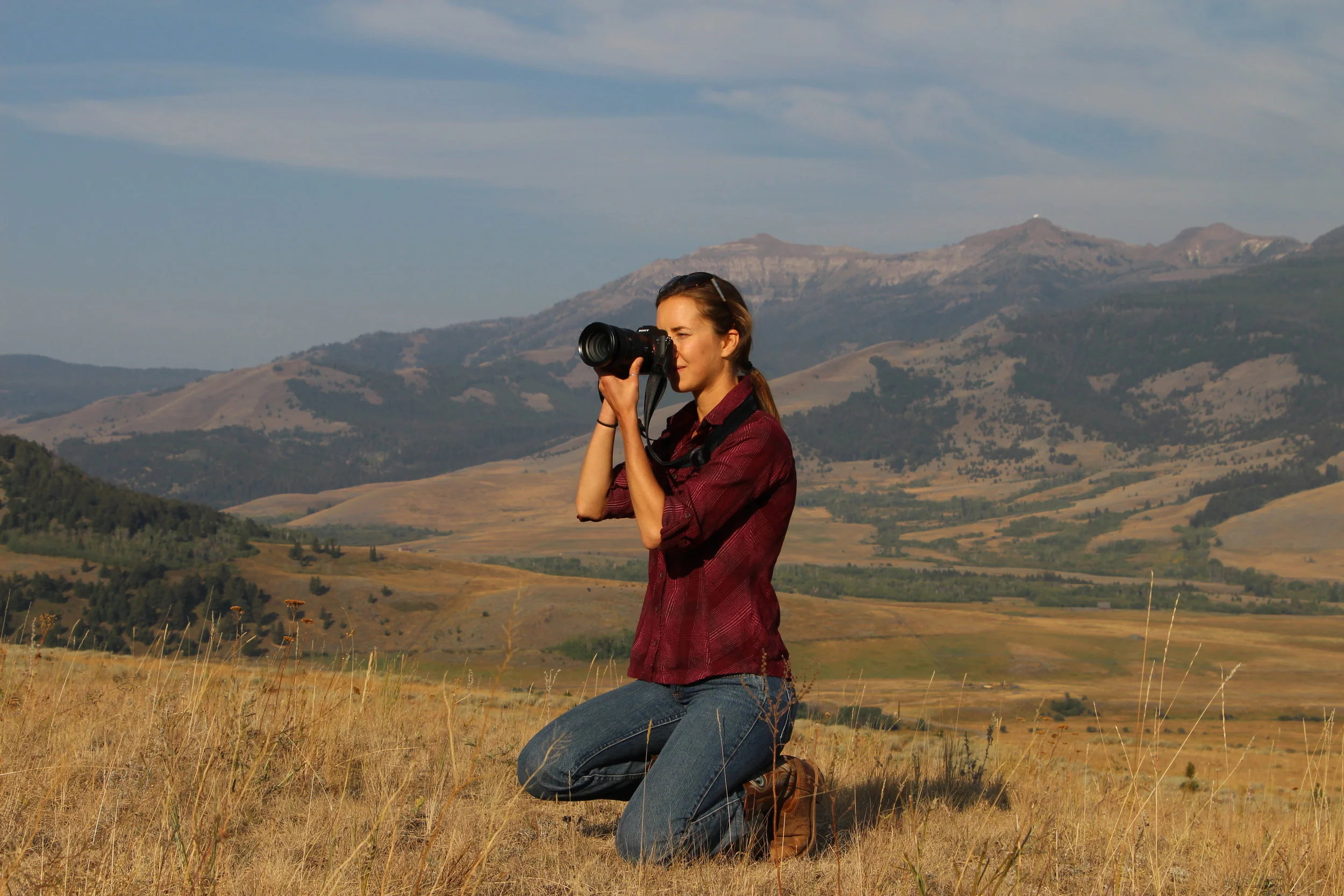Todd Wilkinson
Journalist & Founder, Mountain Journal
Bozeman, MT
9/12/18
Introducing ourselves under the glaring sun on Ted Turner’s Flying D Ranch in Southwest Montana, Todd Wilkinson posed a seemingly simple prompt that would become deceivingly complex: “Stand and state something that you believe to be true. Be confident in your conviction.”
Throughout our week with Todd, a non-fiction writer, journalist, and creator of the online environmental publication, Mountain Journal, we became accustomed to his zeal for finding the truth and poking holes in people’s preconceived notions of wildlife in Greater Yellowstone. He pushed us to ask the “hard” questions and challenge our own beliefs as well as those of our speakers. This happened almost immediately, as many students disagreed with Ted Turner’s sole private ownership of the expansive Flying D, while Todd defended Turner’s domain, which is far from the public eye and the difficulties of federal management. Todd’s opinion was at first unpopular, but this encouraged him to show us the nuance within conservation, revealed further as we traveled through Yellowstone and Grand Teton National Parks. He introduced us to the concept of “loving a place to death” and the issues inherent to federal land management. Yellowstone is not necessarily “wilder” than the Flying D, even though the former is a preserved wilderness and the latter a working bison ranch.
Todd is no stranger to controversy: among his guests were Turner Enterprises biologist, Carter Kruse, and Yellowstone Park superintendent Dan Wenk. Kruse, in order to reintroduce Westslope cutthroat trout to a creek on the Flying D, eradicated all fish in 70 miles of stream. Wenk is in the middle of a battle over his own legacy, as the Trump administration unexpectedly seeks to remove him from his post at Yellowstone. Todd wasn’t shy about sharing his thoughts on these complicated topics, but didn’t try to turn anyone to his point of view. His mission was to help us recognize our own biases, and always ask the hard questions, both of our guests and of ourselves.
By Lauren Ewell



